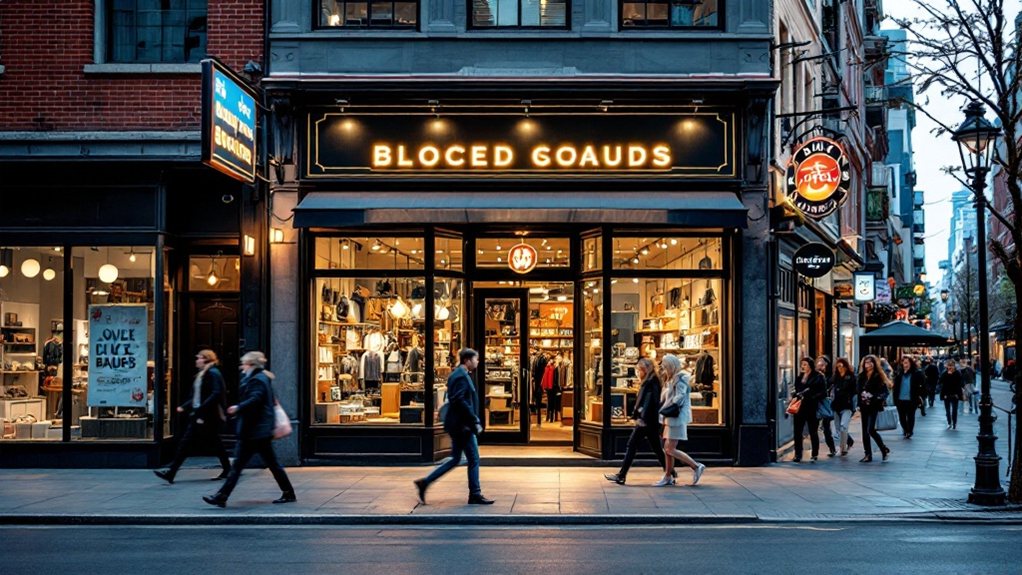As a brick-and-mortar retailer, you'll want to claim and optimize your Google My Business listing, incorporate location-based keywords, encourage customer reviews, optimize your website for local search, and create location-specific content. This will help you improve your local search visibility, drive foot traffic, and reach nearby customers. And if you'd like to dive deeper into these strategies, there's more to explore.
Key Takeaways
- Claim and optimize your Google My Business listing to ensure accurate business details, include high-quality photos, and respond to customer reviews.
- Incorporate location-based keywords in your website content, social media profiles, and online listings to improve visibility in local search results.
- Encourage customers to leave positive reviews and respond promptly to both positive and negative feedback to boost online credibility and local search rankings.
- Optimize your website for local search by ensuring consistent NAP information, leveraging local keywords, and utilizing schema markup.
- Create location-specific content tailored to the unique needs and interests of your local audience to improve search visibility and establish your business as a trusted resource.
Claim and Optimize Your Google My Business Listing
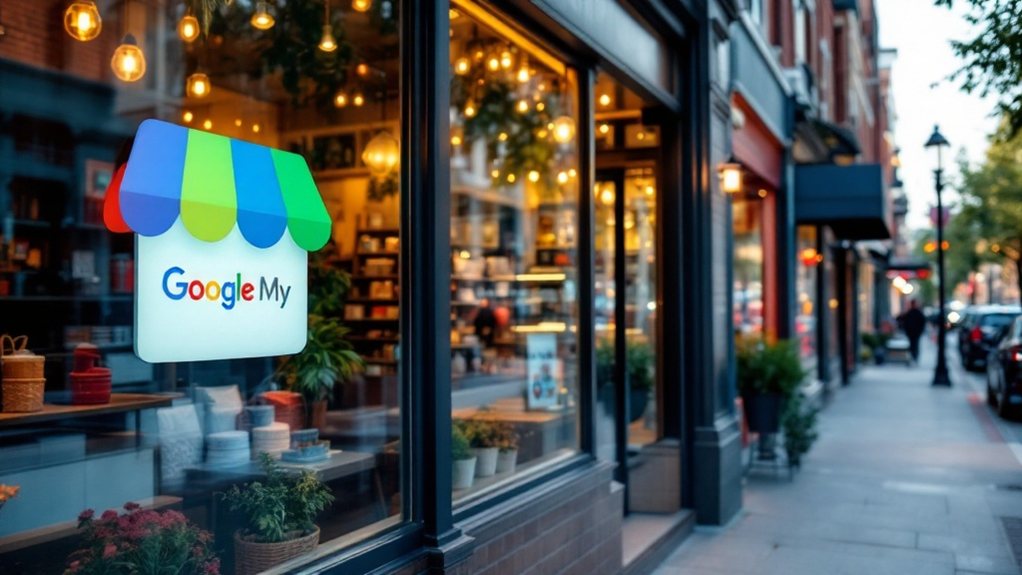
If you haven't already, you'll want to claim and optimize your Google My Business listing. This free tool allows you to manage your business's online presence across Google, including Maps and Search. Ensure your business details, such as address, hours, and contact information, are accurate. Include high-quality photos and relevant keywords in your description to improve visibility. Respond to customer reviews, both positive and negative, to build trust. Keep your listing up-to-date with any changes, like holiday hours or new services. A complete and optimized Google My Business profile can boost your local SEO, driving more foot traffic to your brick-and-mortar store.
Leverage Location-Based Keywords
As a brick-and-mortar retailer, you should leverage location-based keywords to optimize your online presence and attract local customers. These keywords reflect the specific geographic area your store serves, such as the city, neighborhood, or zip code. By incorporating them into your website content, social media profiles, and online listings, you'll improve your visibility in local search results. Additionally, use location-based keywords in your meta tags, alt text, and other on-page elements to signal to search engines that your business is relevant to nearby consumers. This targeted approach can drive more foot traffic to your store and increase your chances of converting local leads into sales.
Encourage Customer Reviews and Respond Promptly
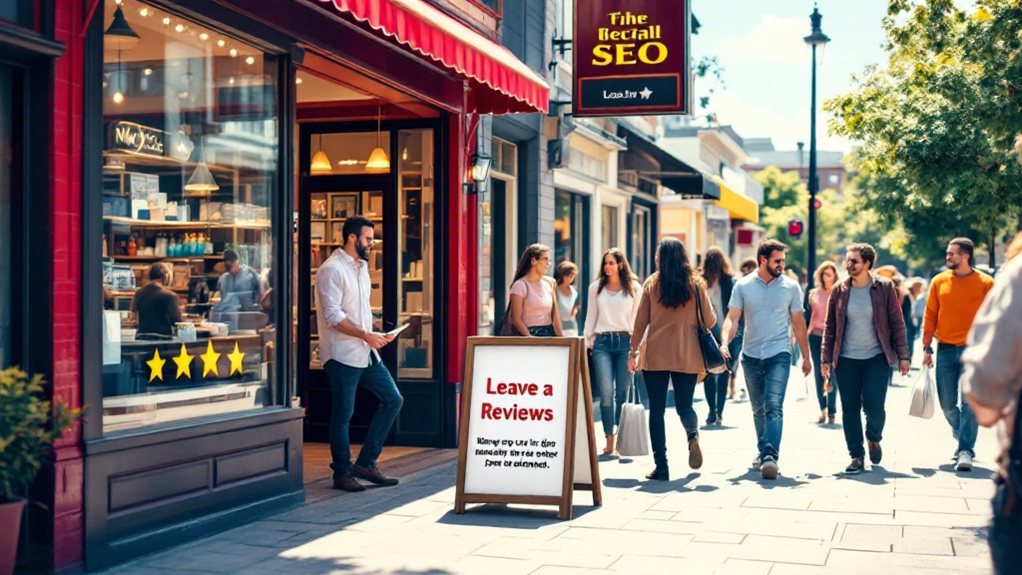
Encouraging customer reviews and responding to them promptly is crucial for brick-and-mortar retail stores. Positive reviews can boost your online credibility, help you rank higher in local search results, and drive more foot traffic to your physical location. Respond to both positive and negative reviews in a timely manner, addressing concerns and showcasing your commitment to customer satisfaction. Encourage customers to leave reviews by making it easy, such as providing in-store signage or sending post-purchase emails. Actively monitor your online reputation and address any negative feedback professionally. Consistent, authentic reviews can be a powerful tool in your local SEO strategy.
Optimize Your Website for Local Search
Optimizing your website for local search is crucial for brick-and-mortar retail stores. Ensure your NAP (name, address, phone number) information is accurate and consistent across all online platforms. Leverage local keywords in your website content, meta tags, and URLs. Create a Google My Business profile and keep it updated. Encourage customers to leave reviews, as these can improve your local search rankings. Utilize schema markup to provide search engines with more context about your business. Stay on top of local SEO trends and continuously refine your strategy to outrank competitors in your area.
Create Location-Specific Content
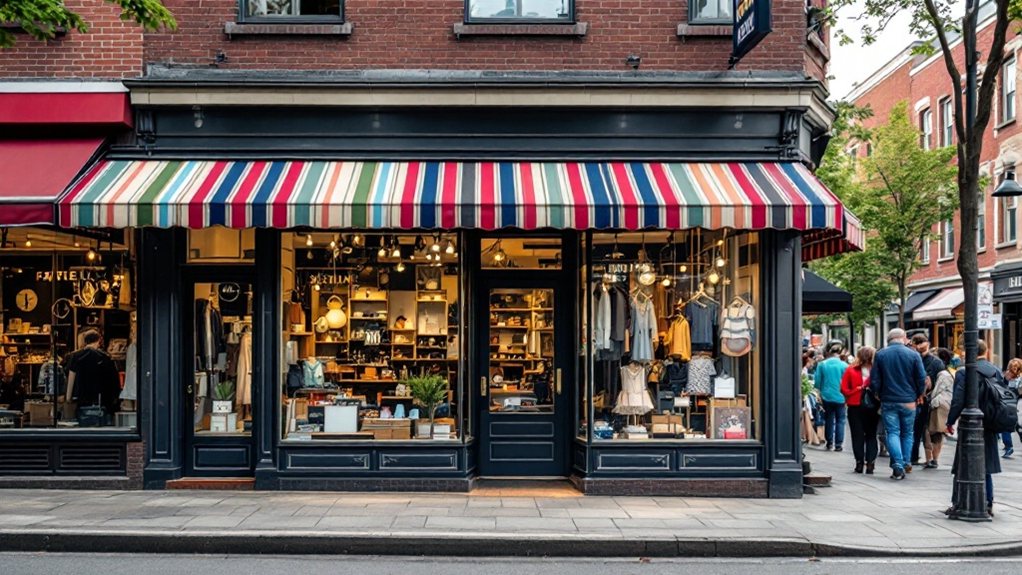
Beyond optimizing your website's technical elements, creating location-specific content can significantly boost your brick-and-mortar retail store's local search visibility. This means crafting content that's tailored to your store's specific location, including details about your neighborhood, local landmarks, and community events. By addressing the unique needs and interests of your local audience, you'll not only improve your search rankings but also establish your store as a trusted, relevant resource. Don't forget to incorporate relevant keywords and geotargeted information throughout your website, from your product pages to your blog posts. This targeted approach will help you reach the right customers in your local market.
Utilize Local Directory Listings
Why not take advantage of local directory listings to further boost your brick-and-mortar retail store's online presence? These listings, like Google My Business, Bing Places, and Yelp, provide valuable opportunities to showcase your store's information, hours, and location. Ensure your listings are complete, accurate, and consistent across all platforms. Encourage customers to leave reviews, as positive feedback can significantly impact your store's visibility and credibility. Additionally, optimize your listings with relevant keywords to improve your search engine rankings. By leveraging local directory listings, you can reach more potential customers and drive foot traffic to your physical store.
Optimize Your Social Media Presence
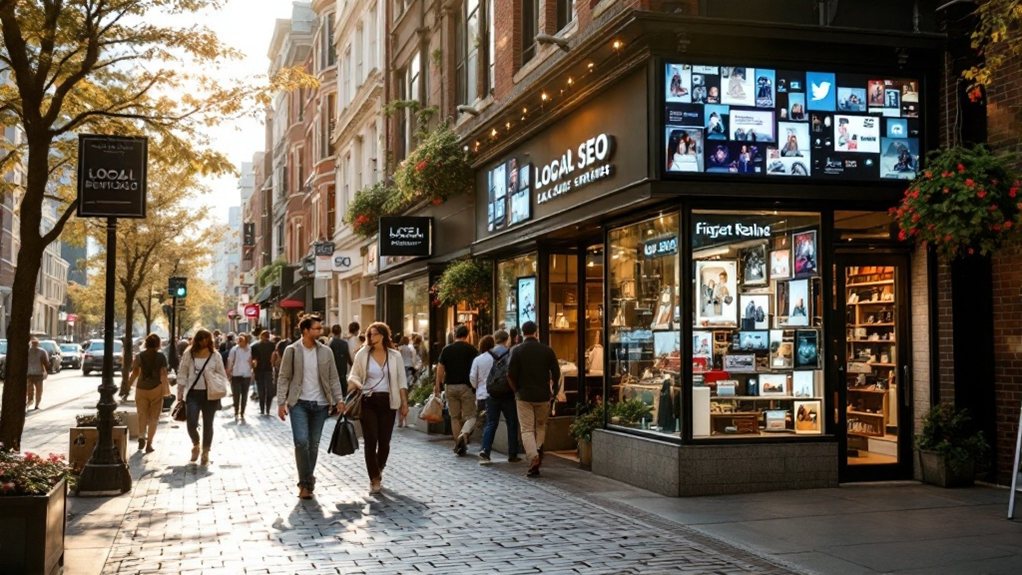
Your social media presence is a powerful tool for driving local engagement and boosting your brick-and-mortar retail store's visibility. Optimize your profiles by keeping them up-to-date, consistent, and reflective of your brand. Post engaging, local-focused content that highlights your products, services, and community involvement. Leverage location-based features like Facebook check-ins and Instagram Stories to showcase your store's physical presence. Encourage customers to share their experiences and tag your business in their posts. Respond promptly to reviews and messages to foster a positive online reputation. By strategically managing your social media, you can attract new local customers and deepen relationships with your existing community.
Participate in Local Events and Sponsorships
Participating in local events and sponsorships is a fantastic way to amplify your brick-and-mortar retail store's presence within the community. By aligning your brand with local causes, events, and community initiatives, you'll not only increase visibility but also foster deeper connections with your target audience. Look for sponsorship opportunities at local festivals, sports teams, or charitable organizations. Engage with the community by setting up a booth, handing out branded swag, or hosting a product demonstration. Leverage social media to promote your involvement, and encourage customers to share their experiences. This grassroots approach can significantly boost your local SEO, driving more in-store traffic and revenue.
Implement Schema Markup for Local Business
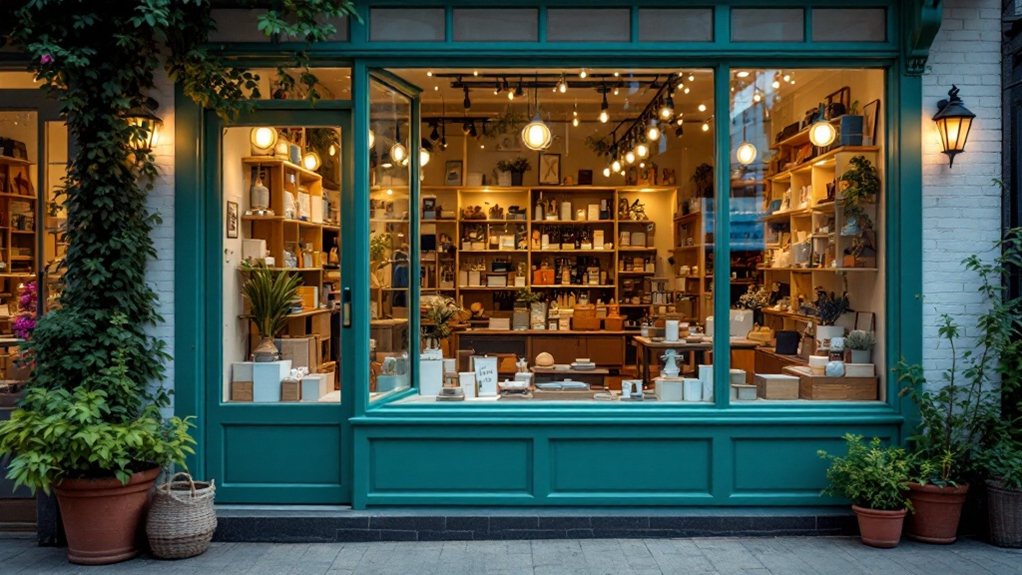
Implementing schema markup for your local business can be a powerful way to enhance your online visibility and improve your local SEO. By adding structured data to your website, you can provide search engines with detailed information about your business, including your address, hours of operation, phone number, and more. This helps search engines better understand your business and display accurate and relevant information in the search results. Additionally, schema markup can lead to enhanced snippets, which can make your listing more eye-catching and enticing to potential customers. Don't miss out on this valuable opportunity to stand out in local search results.
Monitor and Analyze Your Local SEO Performance
Regularly monitoring and analyzing your local SEO performance is crucial to identifying areas for improvement and ensuring your marketing efforts are effectively reaching your target audience. Track your website's visibility in local search results, monitor your online reviews, and keep tabs on your Google My Business listing. Analyze metrics like website traffic, click-through rates, and conversion rates to gauge the success of your local SEO strategies. Identify your most effective tactics and double down on them, while addressing any underperforming areas. Regularly reviewing your local SEO data will help you make informed decisions and optimize your approach for better results.
Collaborate With Complementary Local Businesses
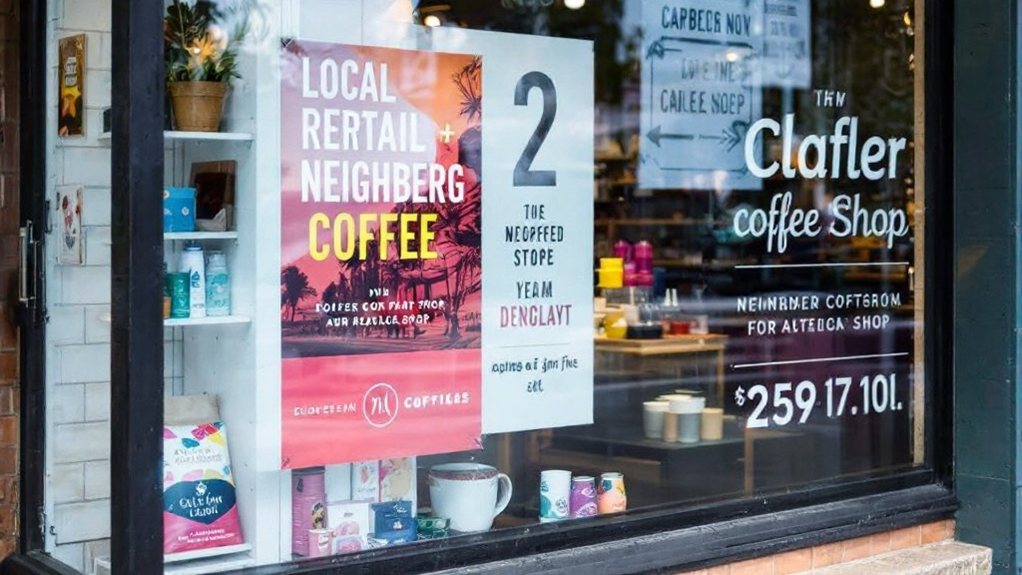
Collaborating with complementary local businesses can amplify your reach and tap into new customer bases. Partner with nearby stores or service providers that complement your offerings but don't compete directly. Co-host events, cross-promote on social media, or offer in-store discounts for each other's customers. This exposes your brand to a fresh audience and fosters a sense of community. Plus, you can leverage your partners' local expertise and relationships. Look for mutually beneficial opportunities that create value for your customers. Be selective and focus on businesses that align with your brand and can deliver a cohesive experience. Careful collaboration can unlock new growth potential for your brick-and-mortar store.
Stay Informed on Local SEO Best Practices
As you've seen, collaborating with local businesses can be a powerful strategy for expanding your reach. But it's equally crucial to stay informed on the latest local SEO best practices. Regularly research industry trends, updates to search engine algorithms, and effective tactics used by your competitors. Attend local networking events, workshops, or webinars to connect with other retail store owners and learn from their experiences. By keeping your finger on the pulse of local SEO, you can adapt your strategy accordingly and ensure your business remains visible in search results. This proactive approach will pay dividends in the long run.

